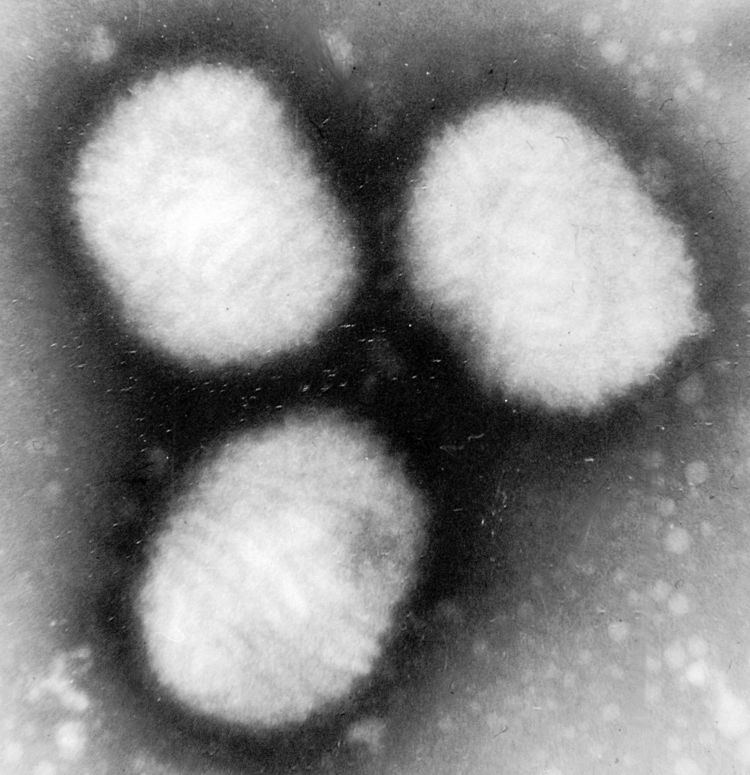Group Group I (dsDNA) Genus Molluscipoxvirus Rank Species | Higher classification Molluscipoxvirus | |
 | ||
Scientific name Molluscum contagiosum virus Similar Poxvirus, Orthopoxvirus, Merkel cell polyomavirus, Chordopoxvirinae, Monkeypox virus | ||
The Molluscum contagiosum virus (MCV) is a species of virus in the poxvirus family, which causes the disease Molluscum contagiosum in humans. Virions have a complex structure and is consistent with the structure of the poxvirus family: a surface membrane, a core, and lateral bodies. Virus may be contained within inclusion bodies and mature by budding through the membrane of the host cell giving rise to a large amount of viral shedding in a short period of time. Approximate measurements of the virus are 200 nm in diameter, 320 nm in length and 100 nm in height.
Contents
Diagnosis is made on the clinical appearance; the virus cannot routinely be cultured. The diagnosis can be confirmed by excisional biopsy. There are 4 types of MCV, MCV-1 to -4. MCV-1 is the most prevalent in human infections, and MCV-2 seen usually in adults and often sexually transmitted. Polymerase chain reaction techniques are being developed to help confirm lesions as being caused by MCV, and distinguish between strains.
Genome
The genome is a non-segmented single molecule of linear, double-stranded DNA of 180000–200000 nucleotides. It is covalently linked at both ends and contain redundant, repeating sequences at both ends. 160 putative genes have been identified.
Animal viruses
A poxvirus causes a very similar disease in equids (horses and donkeys). DNA studies suggest that this virus and the human virus are very closely related.
